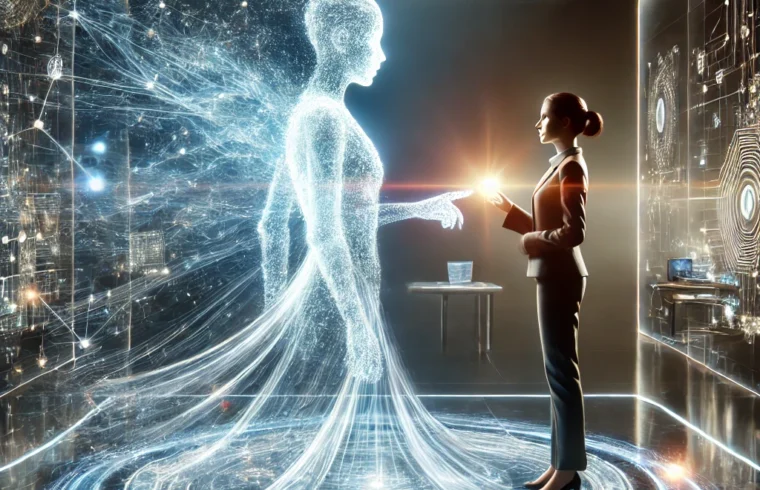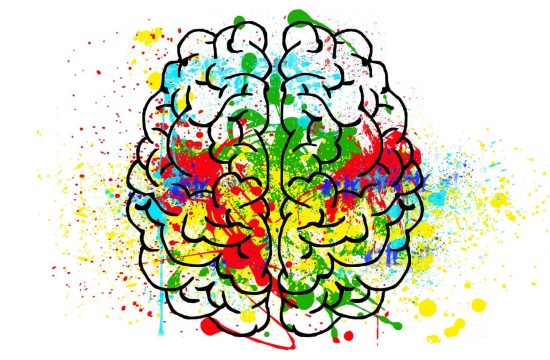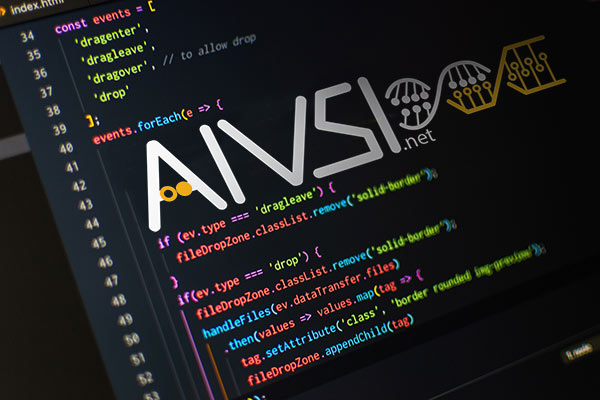Introduction: AI as an Ally, Not a Replacement
The rapid advancement of artificial intelligence has sparked a heated debate about the future of work. While some fear that AI will replace human workers, leading to widespread unemployment, there is a smarter alternative: AI can be leveraged to enhance productivity, increase wages, and improve job satisfaction—without eliminating jobs. Instead of fully automating industries and leaving millions without work, a balanced approach would focus on AI-augmented workforces, where AI empowers employees rather than replaces them.
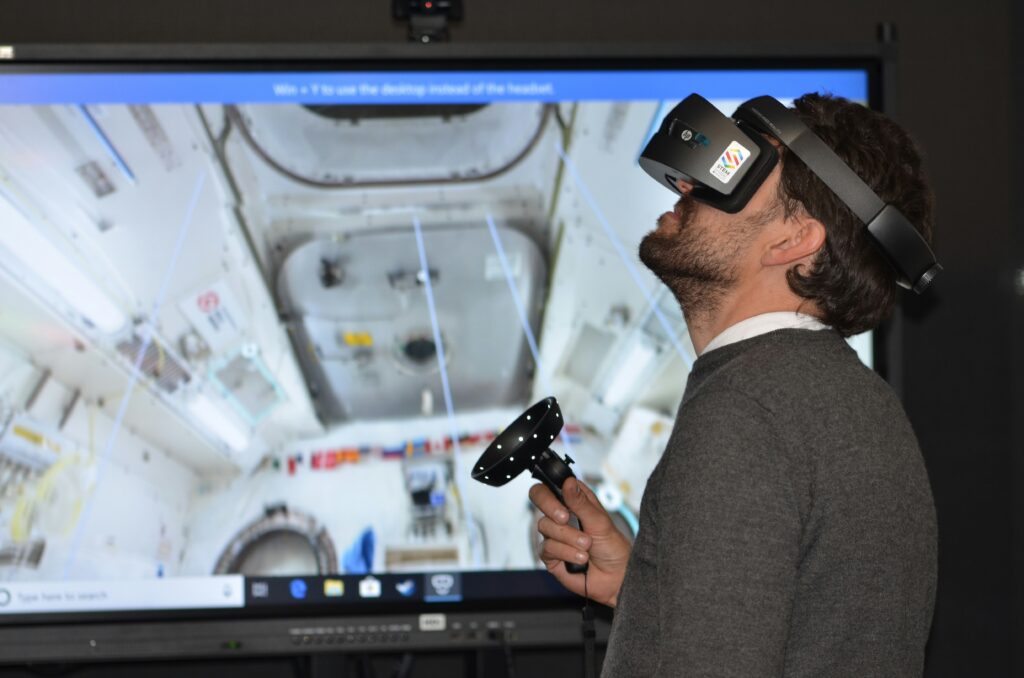
This approach presents a win-win scenario for businesses, workers, and society. Companies can increase profits by making workers more efficient, workers keep their jobs and earn higher wages, and the economy remains stable without the social unrest that mass layoffs could cause.
The AI Catch-22: Efficiency vs. Employment
Businesses that invest in AI often face a dilemma:
- If they fully automate, they eliminate jobs but face higher costs for AI maintenance, specialized engineers, and compliance with potential automation taxes.
- If they integrate AI to assist workers instead, they must still pay for both employees and AI upkeep, but the company can maintain a skilled, adaptable workforce.
The challenge, therefore, is finding the right balance between automation and human labor. If AI can be made accessible to all workers, including those with lower skill levels, it can increase productivity without leading to mass unemployment.
AI as a Tool for Workers, Not a Replacement
Instead of replacing employees, AI should function as an efficiency booster across industries, helping workers perform their jobs faster, smarter, and with less physical or mental strain. Here’s how this can be achieved:
1. AI-Driven Productivity Tools
Many industries already use AI-powered workflow optimizers, predictive analytics, and decision-support systems to help workers complete tasks more efficiently. For example:
- AI in logistics can optimize delivery routes, reducing fuel costs and increasing daily deliveries for truck drivers.
- AI-powered smart assistants in retail can help employees locate items, manage inventory, and handle customer queries in real time.
- Manufacturing workers can use AI-powered monitoring systems to predict machine failures before they happen, reducing downtime and improving efficiency.
By reducing inefficiencies rather than cutting jobs, AI ensures that businesses increase output and profits while keeping human workers employed.
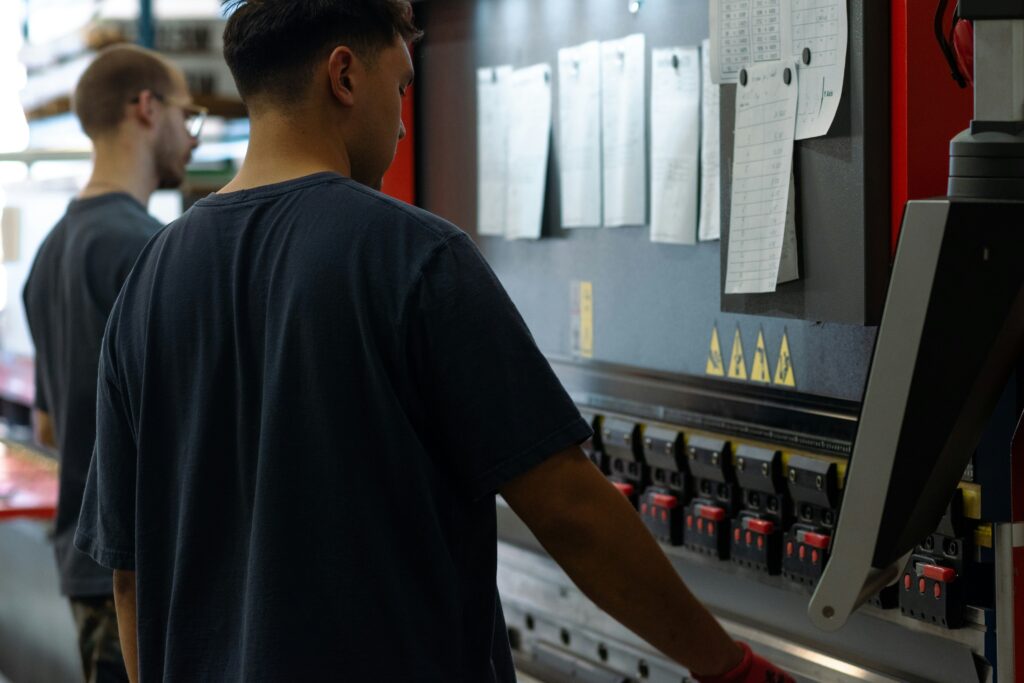
2. AI-Integrated Training and Upskilling
Instead of replacing workers, AI can be used to train employees in real-time, helping them acquire new skills while on the job.
- AI-guided training modules can provide step-by-step instructions for tasks, allowing workers to learn complex procedures without formal retraining programs.
- AI-assisted apprenticeships can help lower-skilled workers transition into higher-paying technical roles, such as AI maintenance, system monitoring, and human-AI collaboration management.
- Augmented Reality (AR) combined with AI can help workers perform technical tasks, such as construction or engineering, with on-the-spot digital guidance.
Instead of forcing workers into unemployment, AI should be used to elevate their skill sets, making them indispensable in the workforce.

3. No-Code and Low-Code AI for the Workforce
One of the biggest barriers to AI adoption is that most AI systems require specialized knowledge to operate. To make AI accessible to all workers, including lower-skilled employees, companies should focus on no-code and low-code AI systems.
- Voice-activated AI assistants can help workers retrieve important information quickly without technical knowledge.
- AI-powered wearables can give real-time feedback to construction workers, factory employees, or delivery drivers to optimize safety and efficiency.
- Simple, intuitive AI interfaces can allow non-technical workers to use AI without advanced training, reducing the need for specialized engineers.
By making AI easy to use for everyone, companies can increase worker productivity without mass layoffs.
4. AI-Optimized Performance-Based Pay
One of the major problems in industries with low wages is a lack of motivation—workers often perform the bare minimum because their salaries do not reflect their effort. AI can solve this by introducing performance-based pay systems that fairly reward productivity.
- AI tracks efficiency, effort, and output in a non-invasive way.
- Workers who demonstrate higher productivity, skill improvement, or innovation receive bonuses and salary increases.
- Employees who engage with AI-powered tools to boost efficiency can qualify for better job opportunities within the company.
- AI can be used to improve work safety
This system incentivizes hard work and innovation while ensuring that AI helps workers rather than replacing them.
Why This Approach is Better for Society
If companies automate too quickly, millions could lose their jobs overnight, leading to economic and social crises. Governments might be forced to introduce Universal Basic Income (UBI), but UBI has its own risks:
- Lack of motivation: If everyone earns a fixed sum, many may lose their drive to improve, innovate, or contribute to society.
- Social unrest: People need a sense of purpose—if work is eliminated completely, boredom and frustration could lead to widespread dissatisfaction, crime, or unrest.
- Economic stagnation: If businesses rely solely on automation, consumer spending could decline, leading to economic instability.
By keeping human workers involved and gradually integrating AI into industries, society can enjoy the benefits of automation without the chaos of mass unemployment.

The Path Forward: AI-Augmented Workforces, Not Jobless Societies
To ensure that AI benefits everyone, the following steps should be taken:
- Government policies should encourage AI-human collaboration. Instead of discouraging AI adoption, policies should reward companies that use AI to enhance workers rather than replace them.
- Companies should invest in AI-assisted training programs to help employees transition into higher-skilled roles.
- Businesses should use AI to optimize jobs, not eliminate them, ensuring that AI leads to better pay and working conditions.
- AI should be made accessible to all workers through no-code, voice-activated, and easy-to-use interfaces.
- AI-driven productivity gains should result in higher wages, ensuring that workers directly benefit from increased efficiency.
Conclusion: A Balanced Future with AI
The AI revolution does not have to result in mass unemployment. If AI is implemented strategically, it can help workers become more productive, increase wages, and improve job satisfaction—all while ensuring that businesses remain profitable. Instead of replacing humans, AI should be designed to assist them, making work smarter, not obsolete.
By focusing on AI-augmented workforces, we can build a future where technology serves humanity rather than disrupting it. If we strike the right balance, we can create a more productive, prosperous, and stable society where both businesses and workers thrive together.
